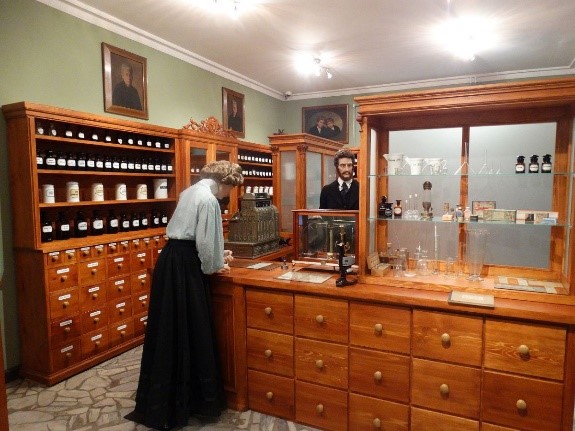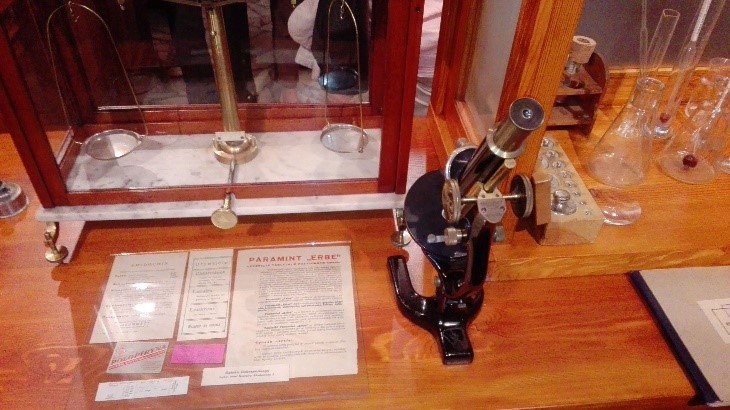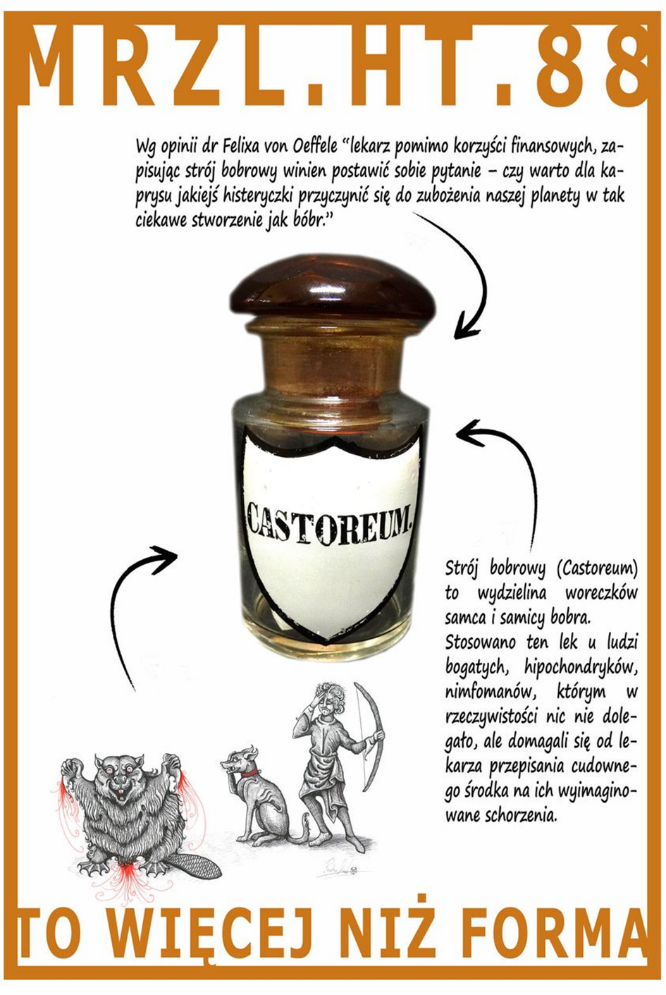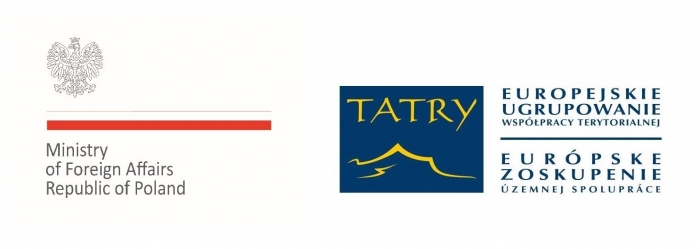The world of old pharmacy on the Polish-Slovak border
It is widely believed that the cradle of organised medicine was ancient Asia. The Sumerians, living in the area of present-day Iraq, told how Gilgamesh obtained the plant of life for his dying friend Enkidu. However, the gods sent a snake, which stole the plant, shed its skin and ran away. Today, when something hurts, we feel uncomfortable or we have a runny nose, we go to a pharmacy to buy a specific product. Everything in boxes and bottles lies nicely arranged on pharmacy shelves. Once – and despite appearances, it wasn't that long ago – it was different. Ready-made medicines in pharmacies were mainly limited to headache powders, hydrogen peroxide, a few ointments, bandages and stick-on plasters. Pharmacists made most of the medicines themselves. The pharmacy also looked very different. As a rule, it was semi-dark and quiet. Dark cupboards, high to the ceiling, were divided into dozens of drawers labelled with porcelain signs, hiding substances known only to the pharmacist. On the shelves stood dozens of glass jars and porcelain containers with mysterious inscriptions in a characteristic handwriting with curls. This was the so-called repository. It was used to store semi-finished products for the preparation of medicines – liquid ones, such as guarana, plant extracts or 95% spirit in jars, for example, and sheep wool grease, which served as a base for various ointments, in porcelain containers. The atmosphere of such an old pharmacy can be felt in Limanowa thanks to the micro-project “The world of old pharmacy on the Polish-Slovak border".
 fot. arch. beneficjenta
fot. arch. beneficjenta
The Limanowa Regional Museum reconstructed the interior of the old pharmacy hiding peculiar medicines, mysterious concoctions, hand-calligraphed recipes, unique vessels and tools for making medicines. The reconstructed pharmacy in Limanowa contains, among other things, a special jar for leeches. There is a collection of mortars, including one clearly labelled "poison," pharmacy scales, a pewter preparation dispenser, a pill press, mills for grinding roots and herbs, and a machine for making suppositories.
 fot. arch. beneficjenta
fot. arch. beneficjenta
In every old pharmacy, there was a collection of recipes – a hand-written book with the necessary information for pharmacists on the ingredients, proportions and use of drugs. For example, an old recipe for scabies consisted of sulphur, turpentine, egg yolk and butter. In the pharmacy in Limanowa, one of the recipes was for castoreum. It was not a medicine, but a panacea. Produced from the anal glands of beaver, it was given to hypochondriacs who, thinking they had received real medicine for their imaginary illnesses, immediately felt better.

In the pandemic era when museums are closed, an on-line glimpse is available providing a brief virtual walk-through of an old pharmacy, to hear the whispers of pharmacy utensils.
And when the pandemic is over, it is worth visiting to feel the atmosphere of an old pharmacy, but also to see a condom from 1930 in its original packaging or laxative pills – attention! – for MULTIPLE use. We leave it to your imagination how they were used ……
The permanent exhibition The World of Pharmacy in the Polish-Slovak Borderland has an additional historical and sentimental dimension. It is not only about the history of pharmacy but, above all, it is closely connected with the history of five generations of pharmacists from Limanowa. The central figure in the reconstructed interior is an extraordinary woman who lived at the beginning of the 20th century – Klementyna Bączkowska – the owner of the pharmacy in Limanowa. The history of pharmacy and Klementyna herself is also the subject of a documentary film made as part of the project. It is in three language versions – Polish, Slovak and English. You can watch it at the multimedia kiosk that is part of the exhibition but you can also learn about the extraordinary story of Klementyna Bączkowska by watching the film on the website of the Limanowa Regional Museum. In the film you will find, among other things, the answer to the question: on what day of the week was the pharmacy the busiest, why and for what medicines was there the biggest demand?
Pharmacists, like any profession, have their own jokes. There is the one about the customer who comes to the pharmacy to buy aspirin, but only uses the Latin name, because he "can't remember" the others, and the one about the customers asking about dietary supplements for ear wrinkles. There is also one about a woman who comes to the pharmacy to buy ...poison. The concerned pharmacist asks why she needs it. She answers, without beating about the bush, that she wants to poison her husband. The pharmacist explains that he cannot let her poison him, even if her husband is cheating on her. To which the woman shows him a picture of her husband in an compromising situation with… the pharmacist’s wife. Then the pharmacist says: “I didn't know you had a prescription”.

Blog prepared in the project entitled: "Cooperation that enhances and develops as a key to a positive image of Poland on the international arena", co-financed by the Ministry of Foreign Affairs of the Republic of Poland as part of the competition "Public Diplomacy 2020 - a new dimension".


